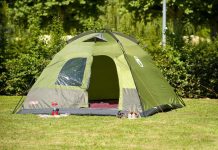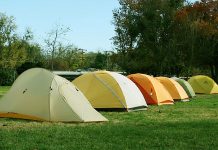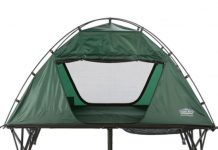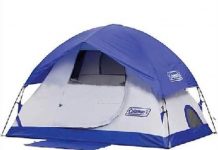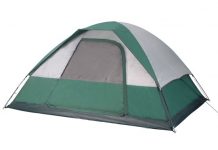Building your own tent may sound like a pretty cool thing to do; but if you are a beginner, it can turn out to be a nightmare. To be honest, it is not easy; and you need to pay a lot of attention to every detail and if you are not skilled, you may have a hard time understanding the same.
There are a few things you need to keep in mind while building your own tent while camping. And if you have never done this before, here are 6 tips to help you with the same
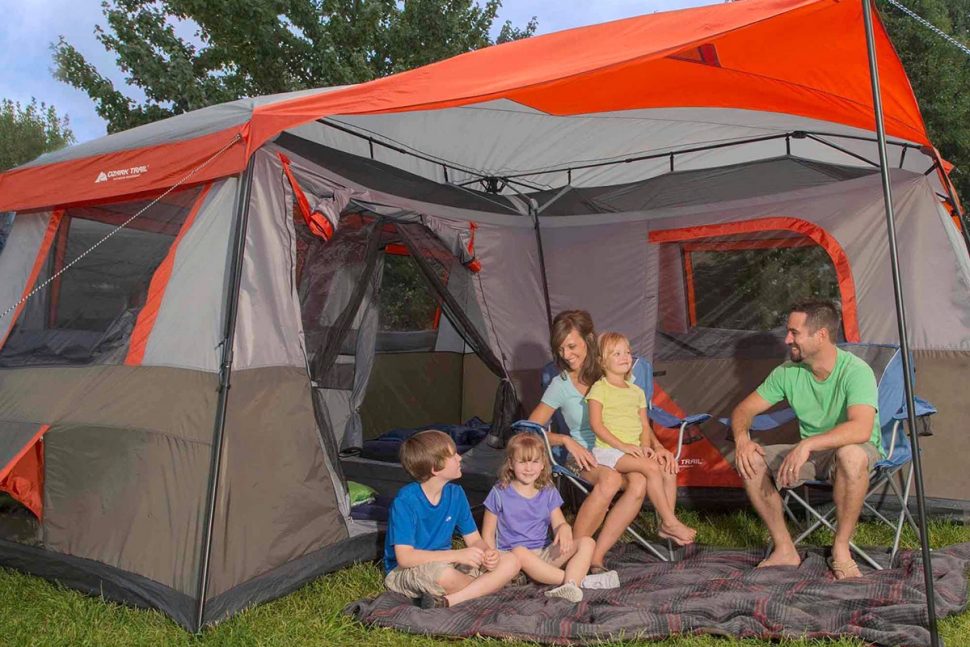
Ensure That You Have All the Material You Need
Without proper materials you will not be able to build a right tent. However, building a quick as well as easy tent doesn’t require too much. But, you need to make sure that you have the right kind of heavy-duty ropes, four stakes or two tarps, or you can also look for large rocks in the surrounding.
Here are the relevant equipment –
- The tent body, which is the main structure of the tent.
- The tent pegs.
- The tent poles.
- The tent fly.
- The tarpaulin.
Do Not Forget To Examine the Place For Your Tent
The place for the tent matters a lot. If you choose an unsuitable place, you are not able to experience a pleasing camping environment. Try to find a place between two big trees. The trees should be close enough so that you can tie your rope in those; it also should be far enough so that your tarps properly fit in. Also, remember to set a camp at a lower elevation.
Read the Proper Instructions
Read the instructions properly before you decide to do anything with the tent. Ensure that you do not do anything on your own. Do not be stubborn or cut the corners, and most importantly, do not fall into the trap of “I know an easier, faster way.â€
Select a Damp Ground
Choose a damp ground to set your tent so that no dust will bother you during your stay. Also, it will adhere the tarp on the ground even more efficiently as materials are more prone to stick to damp surfaces.
Use Flexible Poles
Use flexible poles while you decide to build a tent. The poles are basically made of fiberglass sections or aluminium that is threaded with elastic. The segments cut together to make adaptable poles. When assembling them, abstain from swinging the poles with a specific end goal in order to avoid any harm to the elastic. The poles should be assembled underneath knee stature to abstain from smacking anyone else in the face with its end.
Take Your Time
Do not hurry. Allow yourself plenty of time to understand the procedure properly. And for that, you need to relax. Do not stress yourself out and do not think that you cannot do it. Believe in yourself. You can do much more than you think you are capable of.


